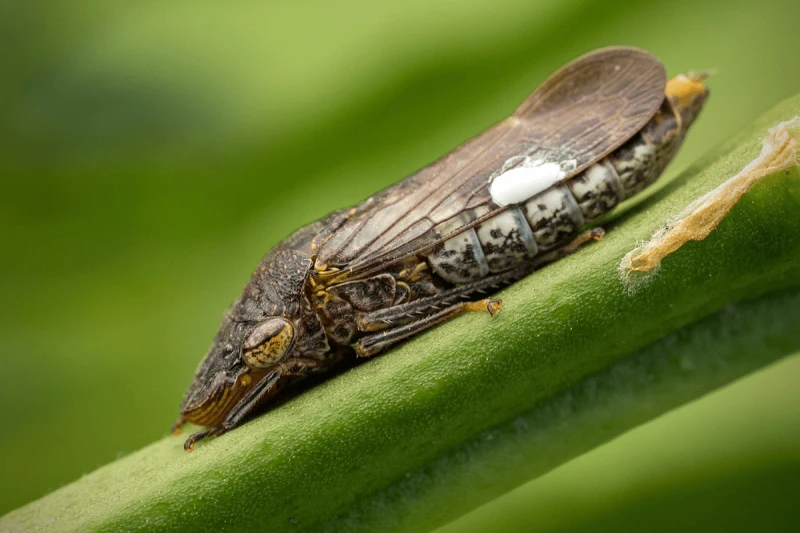Developing a biological balancing act: How can we target disease-causing insects while sparing beneficial ones?
Developing a biological balancing act: How can we target disease-causing insects while sparing beneficial ones?


Insecticides are our traditional way of defending ourselves against insects. But this approach presents several problems. For one, there is a lack of specificity. We may only be bothered by one species, but when we use insecticides we kill them all, so the ecological impact is much greater because we also kill beneficial insects. Another problem is that some of the insecticides that have been used were so-called forever chemicals, so they remain in the environment for a long time.
However, genetic engineering can help. CRISPR/Cas9 is a technology that allows us to make a site-specific modification to any living organism’s genome. We can flip this approach on its head: instead of using this technique on an insect’s genome to make a specific change, we can transform an insect so that its genome contains everything necessary for CRISPR/Cas9 to be activated at a given moment and induce sterility. It would be like hiding a complete CRISPR/Cas9 kit in its genome, along with the instructions for modifying a particular gene to produce sterility. What is the advantage of doing that? If we simply disperse sterile males, those that are not sterile will continue to procreate (sterilization is never 100% and you have to compete with the native population), and in a few generations the effect will have disappeared.
This is an excerpt. Read the original post here

 | Videos | More... |

Video: Nuclear energy will destroy us? Global warming is an existential threat? Chemicals are massacring bees? Donate to the Green Industrial Complex!
 | Bees & Pollinators | More... |

GLP podcast: Science journalism is a mess. Here’s how to fix it

Mosquito massacre: Can we safely tackle malaria with a CRISPR gene drive?

Are we facing an ‘Insect Apocalypse’ caused by ‘intensive, industrial’ farming and agricultural chemicals? The media say yes; Science says ‘no’
 | Infographics | More... |

Infographic: Global regulatory and health research agencies on whether glyphosate causes cancer
 | GMO FAQs | More... |

Why is there controversy over GMO foods but not GMO drugs?

How are GMOs labeled around the world?

How does genetic engineering differ from conventional breeding?
 | GLP Profiles | More... |

Alex Jones: Right-wing conspiracy theorist stokes fear of GMOs, pesticides to sell ‘health supplements’




 Viewpoint — Fact checking MAHA mythmakers: How wellness influencers and RFK, Jr. undermine American science and health
Viewpoint — Fact checking MAHA mythmakers: How wellness influencers and RFK, Jr. undermine American science and health Viewpoint: Video — Big Solar is gobbling up productive agricultural land and hurting farmers yet providing little energy or sustainabilty gains
Viewpoint: Video — Big Solar is gobbling up productive agricultural land and hurting farmers yet providing little energy or sustainabilty gains Fighting deforestation with CO2: Biotechnology breakthrough creates sustainable palm oil alternative for cosmetics
Fighting deforestation with CO2: Biotechnology breakthrough creates sustainable palm oil alternative for cosmetics Trust issues: What happens when therapists use ChatGPT?
Trust issues: What happens when therapists use ChatGPT? 30-year-old tomato line shows genetic resistance to devastating virus
30-year-old tomato line shows genetic resistance to devastating virus California, Washington, Oregon forge immunization alliance to safeguard vaccine access against federal undermining
California, Washington, Oregon forge immunization alliance to safeguard vaccine access against federal undermining The free-range chicken dilemma: Better for birds, but with substantial costs
The free-range chicken dilemma: Better for birds, but with substantial costs ‘You have to treat the brain first’: Rethinking chronic pain with Sanjay Gupta
‘You have to treat the brain first’: Rethinking chronic pain with Sanjay Gupta
